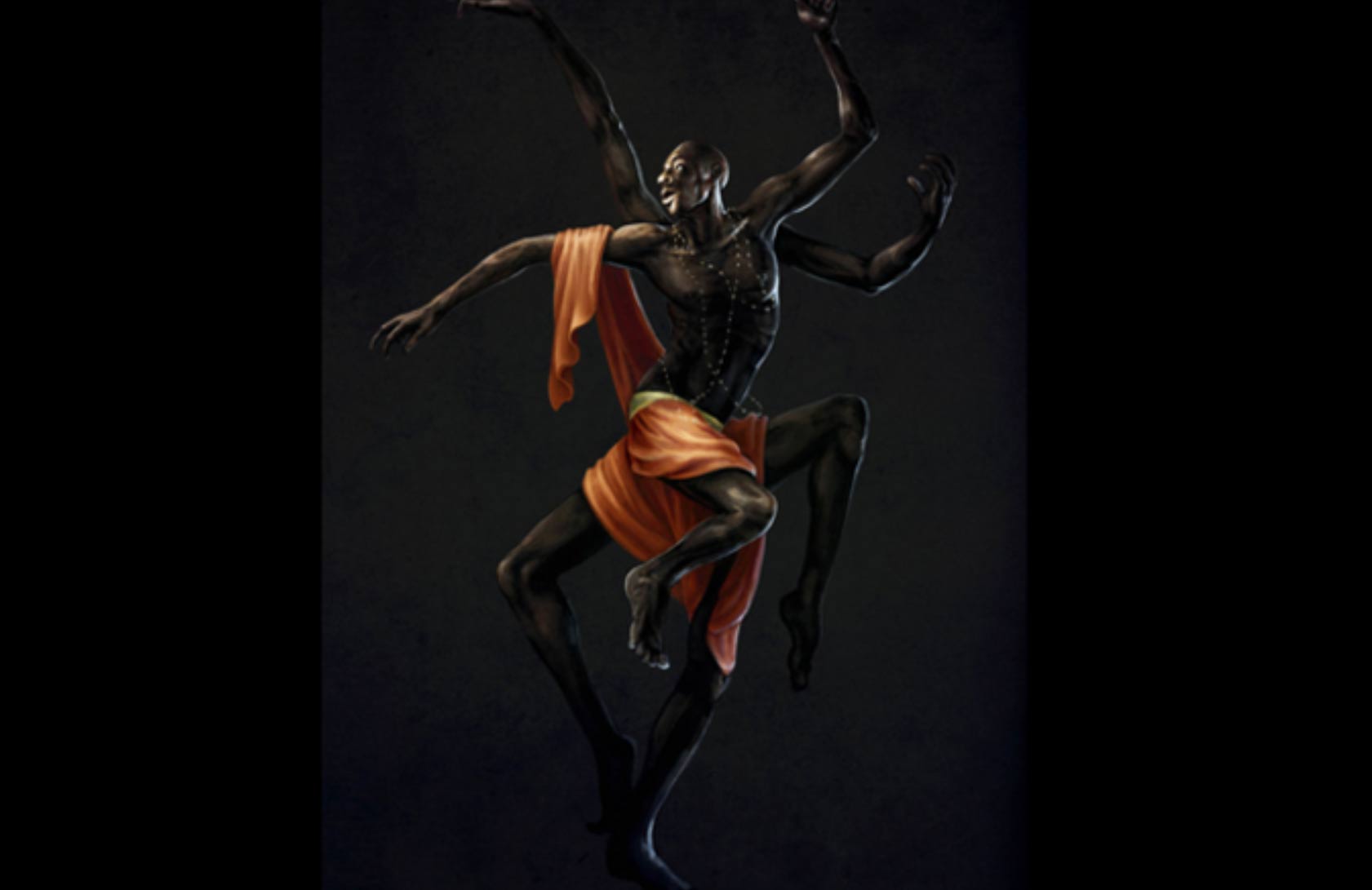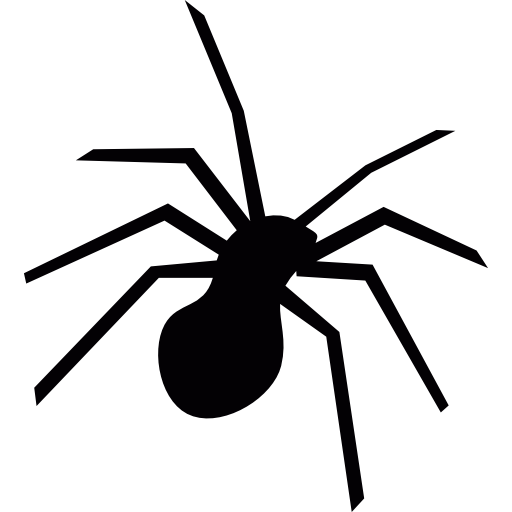INTRODUCTION
The art of scarification is one which can be traced to the most ancient times of human history. It is a process which involves the use of hot or sharp objects to superficially either scratch, brand or etch designs, words or pictures into the topmost layer of the skin and create permanent decorative or symbolic scars.
Whilst the history of scarification can be traced to the darker roots of European slavery, where it was used as a form of identification on slaves, it has a richer cultural significance to the African society.
In this article, we will explore the significance of scarification in the Yoruba culture and tradition.
The Yoruba people are an ethnic group predominantly found in the Southwestern region of Nigeria and the art of scarification for this ethnic group isn’t called such, but instead are identified as tribal markings or more specifically "Ila" or "Gèlèdé" marks. The “ila” for the Yoruba people were made with the use of razor blades or sharp knifes to cut skin and then native dye, or black paste, usually ground charcoal, can be applied to the injury to stain the marks and staunch the flow of blood.
Tribal markings were exceedingly rampant in the olden times and had a number of significance, the most primary being for identification of a person's tribe, family or patrilineal lineage. Their secondary functions ranged from beautification to keeping spirit children “Abiku” alive.
These marks were usually installed since childbirth but sometimes, were done later in life on completion of a feat of strength or bravery. They also varied in manner based on gender with men going for more prominent and extensive markings while women typically went for more subtle and delicate patterns.
THE ORIGIN OF YORUBA TRIBAL MARKINGS

The history and origin of tribal markings is one that lies in murky waters, but it is said that the practice was adopted when several African kings from different regions began to attack their other monarchs for their lands and resources, and the invaders would mark themselves and their families to differentiate themselves from the captured and enslaved people.
For the Yoruba people, the tale of a certain king, Sango was told. It is said that Sango had employed two slaves to embark on an important mission to faraway lands. On their return, the monarch had realized that one of his slaves had successfully accomplished his mission, while the other had had nothing to show for the journey. Sango had then rewarded the first slave bountifully and honorably and had commanded that the second received one hundred and twenty-two razor cuts on every part of his body. The punishment was meant to be severe and a form of humiliation but as the scars healed, they gave the slave an impressive appearance which in turn caught the eyes of Sango’s wives. The king filled with jealousy had therefore decided that cuts should in future be given, not as a form of reprimand, but as a sign of royalty. He had also decided to at once place himself in the hands of the markers. However, the pain was entirely unbearable and he could only bear two cuts. Thus came the tradition of delegating two cuts on the arm to only those in royal positions, alternatively other various markings came to signify the identity of different tribes.
The Yoruba people are also of the opinion that tribal marks came into Nigeria during the colonial era. They were used as a form of identification when the colonial masters were capturing slaves and trading them into foreign countries. The people had then started to give identification marks to their family members as a way to locate them if they ever suffered the fate of estrangement.
These permanent marks became a surefire means of identification passed on from family to family, members of the same village, identification of royal lineage, and people from the same hometowns.
VARIATIONS OF TRIBAL MARKINGS
Although the practice is speedily being swept away in the wake of modernization and due to extant laws and international campaigns, the “Ila” is an interesting aspect of the Yoruba physical appearance.
The “Ila” were mainly used to identify the various subgroups of the Yoruba ethnic group, and as such they vary in styles and placements and also hold different meanings and different names. Some markings go on different parts of the body, ranging from marks placed on the forehead to those placed on the cheeks, temple, and even under the chin. The “Ila” also can be placed in either vertical, horizontal, slanted, or even a tantalizing cocktail of all three lines on both cheeks, the marks can either be wide or thin, and the most consistent aspect of the markings is that they are usually parallel.
Here are some popular examples of the different variations of the Yoruba tribal markings:
1. GOMBO OR KEKE

These markings are native to the Yoruba people of Ogbomoso descent, the “Ila” comprises of curved and straight lines inscribed on both cheeks. The thin vertical lines reach from the head across the temple. The placement is such that they occupy the space between the auricle and the cheekbone; three small perpendicular lines are placed on the horizontal lines on both cheeks. These markings are also called Keke when the lines are wide and bold.
2. ABAJA
The Abaja markings come in the form of four, three, or two sets of three horizontal stripes on the cheeks. The markings are mostly unique for the Oyo people of Yoruba land, although there are eight other variations of the markings, and they are mostly split amongst the various other subgroups of the Yoruba people like; Owu, Egba, Egbado, Osun, and Ofa.
3. PELE

This comes in a four-horizontal line; an inch-long mark made on the cheeks on both sides of the mouth. The Pele markings come in three different variants namely; Pele Ife, particular to the Ile-Ife people of Yoruba land, Pele Ijebu, and Pele Ijesha, both of which are three short vertical lines inscribed on the cheeks.
4. EYO
The Eyo mark was popular amongst Oyo slaves who were born within the palace or people who had close familial ties to the Royal family. The markings were drawn along the length of the bearer’s arms and legs and were reserved majorly for members of the royal family, but since the decline of slavery and the reduced importance of the royal family, the markings have slowly faded into obscurity.
5. SOJU AND JAJU
The Soju markings are half-an-inch-vertical lines on both sides of the nose down to the mouth, the marks are intentionally made thick and long and are used to identify people from Ondo land. The Jaju markings boast just a single horizontal line on both sides of the face as well.

There are several other Yoruba tribal markings some of which include; Ture, Mande, Bamu, and Jamgbadi.
HERITAGE AND SIGNIFICANCE
As earlier stated, tribal markings were a form of identification and beautification and their significance had existed such that a person could trace their roots just by looking into a mirror. Unfortunately with Westernization, these markings can only usually be found on the older generation, and the youths who sported the marks are never regarded as a sign of the enduring spirit of the Yoruba people, instead, they are looked upon with derision and pity. Whilst modernization has slowly decimated the cultural system of markings and scarification, this age-old tradition has been shoved into the background and has been distinctly outlawed as a form of mutilation.
In Oyo State, a region in Nigeria, the prohibition of tribal marks is an integral part of the state Child Rights Law, a law that imposes a fine or one-month imprisonment or both for violation. Section 24 of this law clearly states; “No person shall tattoo or make a skin mark or cause any tattoo or skin mark to be made on a child”.
One can agree that the art is almost barbaric in that it is inflicted on a child with knowledge of how the markings may affect them, but it is also safe to commend the generations past who had seen it as a thing of pride to have been inscribed with their lineage markings. It is even commendable still to watch the younger generations hold their heads up with pride with the history of their people proudly displayed on their persons. Even if modern Yoruba people choose not to undergo the traditional markings due to changing perceptions and preferences, the Yoruba tribal markings continue to be an essential aspect of the cultural system and heritage of the people.
REFERENCES
“Yoruba Tribal Marks.” 2024, Wikipedia. Wikimedia foundation. February 1.
“Origin, Types and Cultural Significance of Tribal Marks Amongst The Yoruba Tribe.” 2018, Nigerian Journal of Dermatology. June 2018.
Join the Oriire Community
Become a free member to get the monthly roundup, comment on articles and bookmark your favourites





















Share
0 Comments